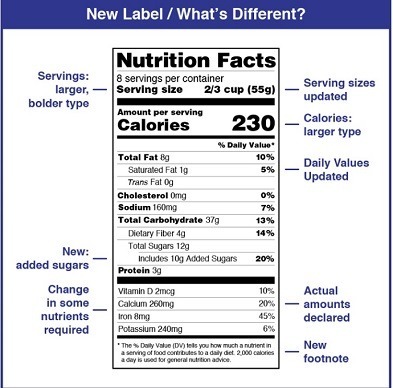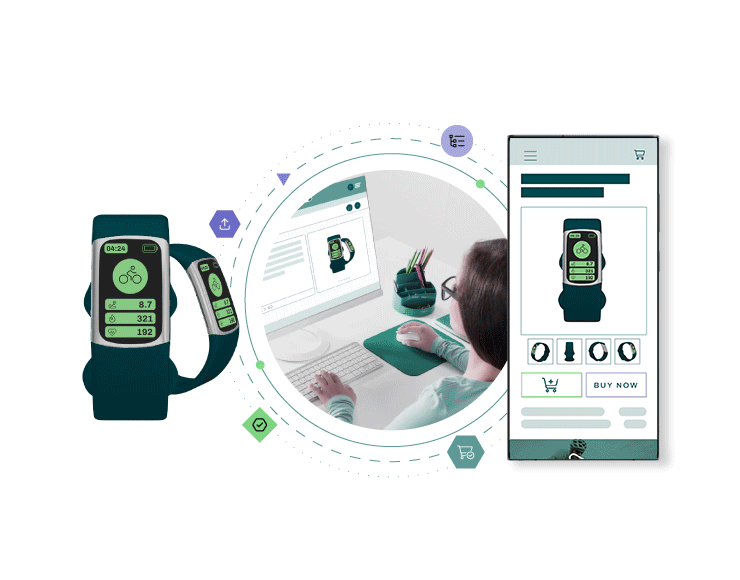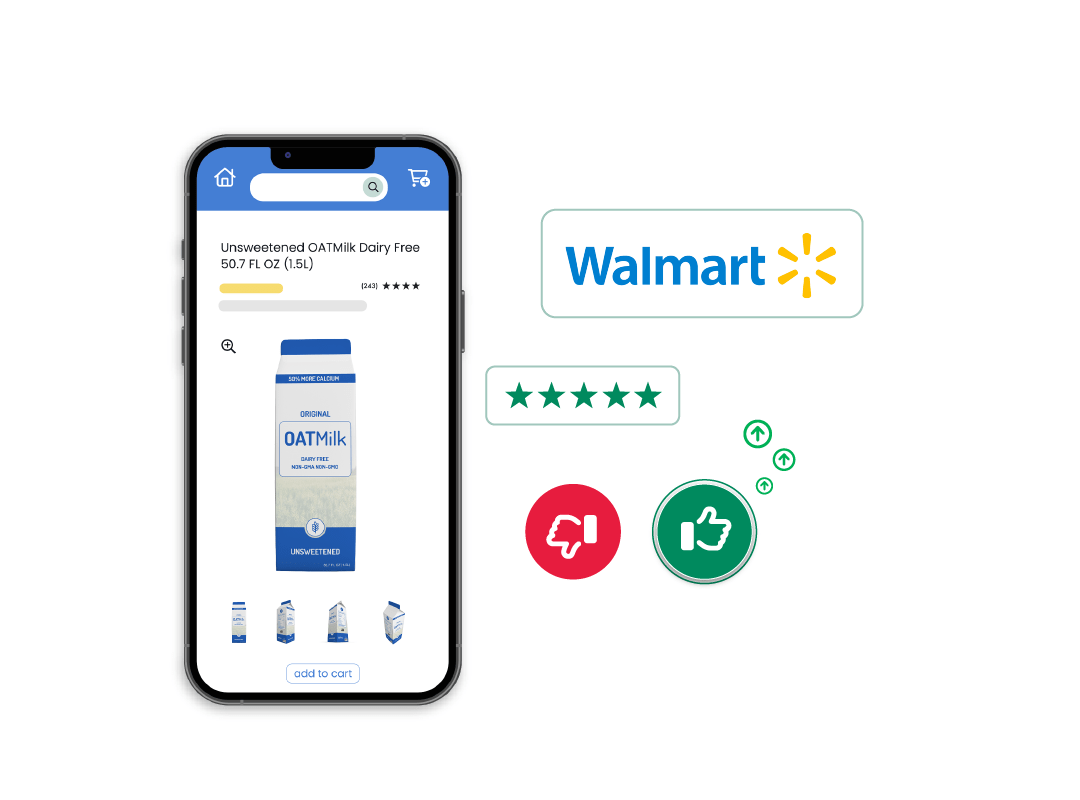With #CyberMonday2020 deals extended throughout the first week of December—much different than in years past due to the ongoing COVID-19 pandemic—the scenario warrants the question: how closely are consumers paying attention to the ways that product details are presented to them? Do their eyes gravitate more toward product images, videos and interactive animations and 360-degree spin capabilities in their item selection? Or are they paying closer attention to written product attributes including features and specifications, or consumer reviews?
As both suppliers and manufacturers must innovate through newer, different ways to get product to shelf to meet increasing consumer demands, this will inevitably include: 1). Addressing what (and how) product content details are shared; and 2). gaining even greater understanding around shopping behaviors and patterns throughout the evolution of global commerce—and being able to keep up.
Consider some of the latest behavioral trends:
- Video continues to dominate, as more than 70% of B2B buyers confirmed their willingness to spend more time engaged with interactive, visual and audio content than reading written text1. And when it comes to how product videos affect buying behaviors, 76% of consumers—largely made up of millennials (85%)—report they’ve purchased a product or service after viewing a video2.
- In general, when it comes to the type of content businesses leverage across social media, imagery and photos ranked the highest in terms of audience engagement3. The same holds true for product images during the point of a purchase, as more consumers value the quality of a product image more than they do the product-specific description or its ratings/reviews4. For Etsy’s shoppers, 90% agreed that the quality of images influenced their purchase decisions5.
- It’s clear that larger, colorful product images and 360-degree image spin capabilities add to digital shopping experiences for consumers. And for grocery item orders, the impact that front- and -back-of-pack product label formats have should also not go unrecognized. While a 2014 study6 found that enlarging the font size for calories did not independently affect label usability, 2016 changes to the Food & Drug Administration’s (FDAs) Nutrition Fact Panel (NFP)—that go into effect in January for some manufacturers—may result in different findings. January 1, 2021 marks the date when manufacturers with less than $10 million in annual sales must meet the labeling requirements (note: manufacturers with $10 million or more in annual sales were required to switch to the new label by Jan. 1, 20207.) Changes to the NFP that could result in consumers’ healthier food purchases—and potentially higher revenue sales due to the greater NFP details for grocers and foodservice manufacturers—include: larger, bolder serving size details; updated serving sizes; larger calorie type per serving; new “added sugars” information; changes in some nutrient requirements; actual nutrient levels identified.

As consumer expectations around personalized experiences and digital, visual information continue to rise, product manufacturers can set themselves up for success with digital product content investments tailored to their business strategy.
1WorldSync continues to make investments in our technology to empower retailers and manufacturers alike to confidently create, manage and exchange product content.
Value-added results for retailers:
- Reduce inefficiencies: we can help streamline item setup processes to ensure product content is brand verified and trusted
- Improve content and data quality: Decrease manual entry and improve quality through real-time validations
- Increase speed to market: Confidently receive product information from your suppliers and decrease inefficiencies in supply chain data, preventing issues with fulfillment, warehousing and stocking items
- Reduce costs: simplify management of product content from different sources with 1 single source of brand verified inbound content
Value-added results for manufacturers:
- Unmatched flexibility: Quickly and accurately meet retailer’s product information needs based on their individual data delivery preferences and requirements
- Fewer errors: Apply content rules and vendor formatting to ensure you only distribute current, brand-verified product content
- Secure product information: Our secure tools ensure your product information remains accurate, complete, updated, and available to everyone who needs it — and protected from everyone else
- Continuous support for ongoing success: benefit from digital education on niche topics, 24/7 technical support and access to the 1WorldSync knowledge base for training documentation
Want more information? Spend some time on our newly revamped 1WorldSync.com website to gather more information specific to the Content Acceleration Suite, Digital Asset Management (DAM), PIM or our Digital Catalog—and stay tuned for new updates coming soon in December and January!





